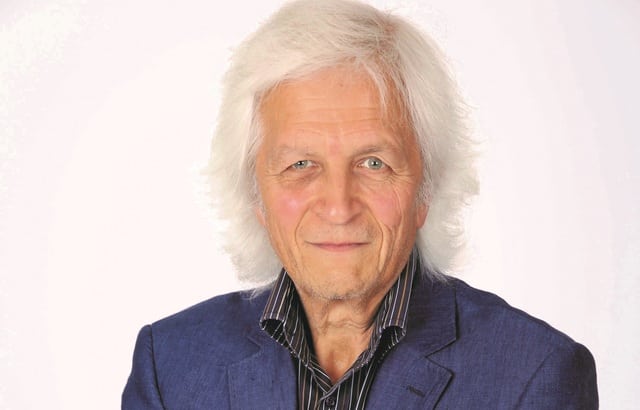‘Will ETFs be the downfall of the US bull run?’, ‘Three credit funds to hold through the dark days ahead’. With the anniversary of Black Monday almost upon us, I’ll try to be a little more upbeat.
15 October 1987 was a momentous day (and night). Much to the chagrin of the Met Office and a certain Michael Fish, a hurricane ravaged much of the south of England, giving the railways a plausible excuse for not running for a change, and effectively shutting London, as well as the stock exchange.
At the same time, a few thousand miles away, Iran hit the American-owned (and Liberian-flagged) supertanker, the Sungari, with a Silkworm missile. The next morning it had another go, hitting the US-flagged MV Sea Isle City.
While these were obviously disturbing events, they weren’t to blame for what happened next. On 19 October stock markets in the Far East began to fall. As the day progressed, the falls accelerated and spread; first to the European bourses, then the UK, then the US. By close of play, the FTSE was down more than 250 points (-13%) and the Dow Jones down 508 points (-22%).
A popular explanation for the crash was that initial falls were intensified by computerised selling – then relatively new and used by portfolio insurance hedges. In other words, selling begot further selling.
History rhyming, if not repeating
North Korea currently holds the baton for conflict potential and the threat of missile strikes. The White House is (allegedly) talking to its officials, but given their diplomatic skills thus far, it is of cold comfort.
Computerised selling also sounds very much like high frequency trading and algorithmic programming, does it not? Neither have been tested in a real crisis, but ‘it’ can’t happen (allegedly), as most exchanges now have circuit breakers that close trading temporarily when markets go into free-fall. Circuit breakers are only temporary though.
Although geopolitical risks have increased, markets have remained remarkably resilient – or complacent, depending on your view. This means that now, as in 1987, valuations are high. History, as Mark Twain is purported to have said, doesn’t repeat but it does rhyme.
The glass could still be half full
If markets have a ‘wake up and smell the coffee’ moment, the good news is that resultant greater dispersion in stocks will create opportunities. The glass may still be half full.
According to Mark Swain, co-manager of Smith & Williamson Enterprise fund, as investors sought to identify the winners and losers post-Brexit vote, there has been a greater dispersion in individual stock level returns in the UK. Similar trends have also been evident in the US: a year ago, the realised correlations of stocks making up the S&P 500 were 60%, today they are below 20% – the lowest level in more than a decade, according to Morgan Stanley.
Moreover, the generalised period of QE-driven asset price inflation is likely to be at an end. The Fed has already started unwinding its huge balance sheet and UK markets price in rate rises for this year, despite an anaemic growth outlook. The ‘rising tide’ of QE that floated all boats is now beginning to ebb.
In this environment you need the best of both worlds: to be able to make money from falling stock prices as well as snapping up bargains before they rise again.
In this respect, I really like Swain’s fund. Unlike many other equity long/short funds, its shorts aren’t just hedges to dampen volatility but genuine sources of alpha. This strategy has seen the short side of the fund perform well, even in rising markets, which is reasonably rare and obviously a huge plus for this type of vehicle.
I also like Threadneedle UK Extended Alpha. It has more of a long bias, and will always be more heavily invested in the companies the manager, Chris Kinder, likes, but he also actively aims to extend investors’ potential returns by shorting. This ability to make money from falling prices, as well as the fund’s defensive nature, has helped to protect investors’ capital in flat or down markets.










